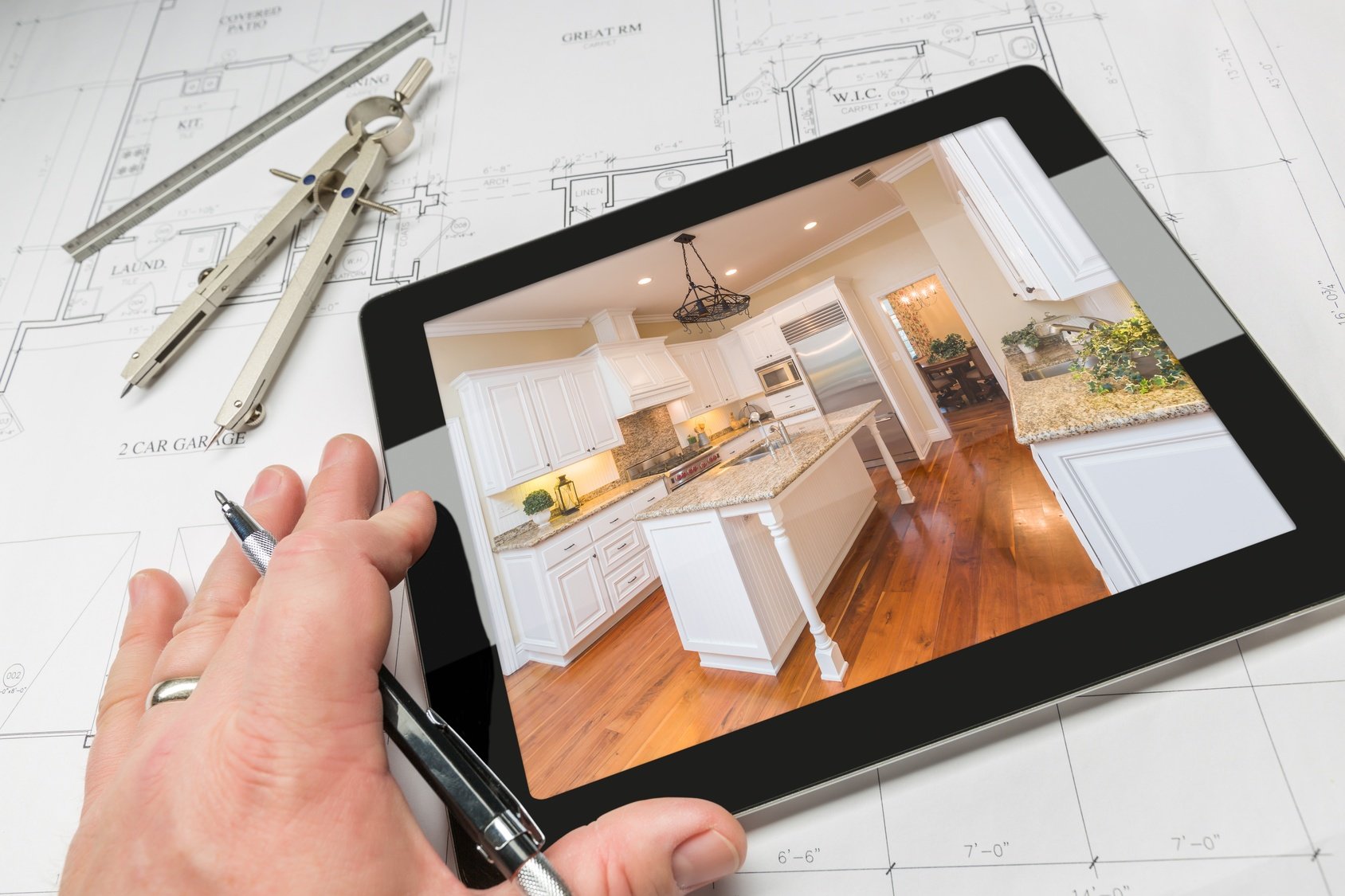Technology has
transformed nearly everything around the way that humans in the 21st century
lead their life. This applies to the world of architecture as well -as
technology has taken the driving seat in the way of designing and structuring a
building. From beginning to finish, architects these days leverage
technological innovations and applications to design buildings making them
life-like as visualized by clients. While talking to the press people, Joe Cianciotto
who is passionate about architecture, explains
how technology is making it easier and achievable for architects to render
different building designs more seamlessly.
3D
Printing Mechanisms
Unlike the
traditional way, the great evolvements of 3D printing have made it possible to
apply it to structures on considerably a larger scale. 3D printers are used to
generate images of complex building structures, layouts of large-scale
construction to even complex structures of modern bridges. Thankfully, compared
to 2D technology, 3D printing is rather fast, and cost-effective and can be
deployed to generate a highly complex structure of residential or commercial
complexes, skyscraper buildings, shopping malls, and others.
Modernized
Sketchbooks
Gone are the days
when architectural sketchbooks were found too bulky and graphite-covered which
could easily consume a considerable amount of space on shelves. The new
generation sketchbooks are digital, while all their drawings can be saved,
displayed, and retrieved without touching the graphite sketching pencils. Being
digital, it has made it easier and more persuasive to clients - any design
sketch, and it has simplified the practices of architects to share their new
ideas with clients or link-minded co-workers.
Climate
Change Predictive Software
Climate change
impacts the environment of different locales where buildings are constructed
and affect the living style of homeowners there. The cutting-edge software has
already been in use – allowing architects to envisage the way of differences in
the climate of any area and how it’s going to affect a building beforehand it
is made.
Accordingly, the
software now enables architects to develop more durable, flexible, and
adaptable structures of houses. According to Joe Cianciotto, adopting
this specialized software applications can help architects to create buildings
that will last for longer and function much better over the decades down the
line.
VR
Makes Models More Lifelike Than Ever
Even a few decades
back, potential homeowners who worked with architects were dependent largely on
2D and later on 3D models to assess the product before they were constructed.
Although these technologies have contributed a lot, however, they had certain
limitations. 3D or 2D models often leave home buyers wondering about the
finished look of their homes, interior design, or product.
With the emergence of
VR (Virtual Reality) now, new generation home buyers can just not visualize
their proposed home together with its surroundings but also envisage every nook
and cranny of lifelike 3D images. By presenting the design with the use of a VR
headset, now architects amaze their clients as they can easily walk around
through the design of the entire building and explore its entryway, open
closets, walk-down hallways, swimming pool, and more.





0 Comments